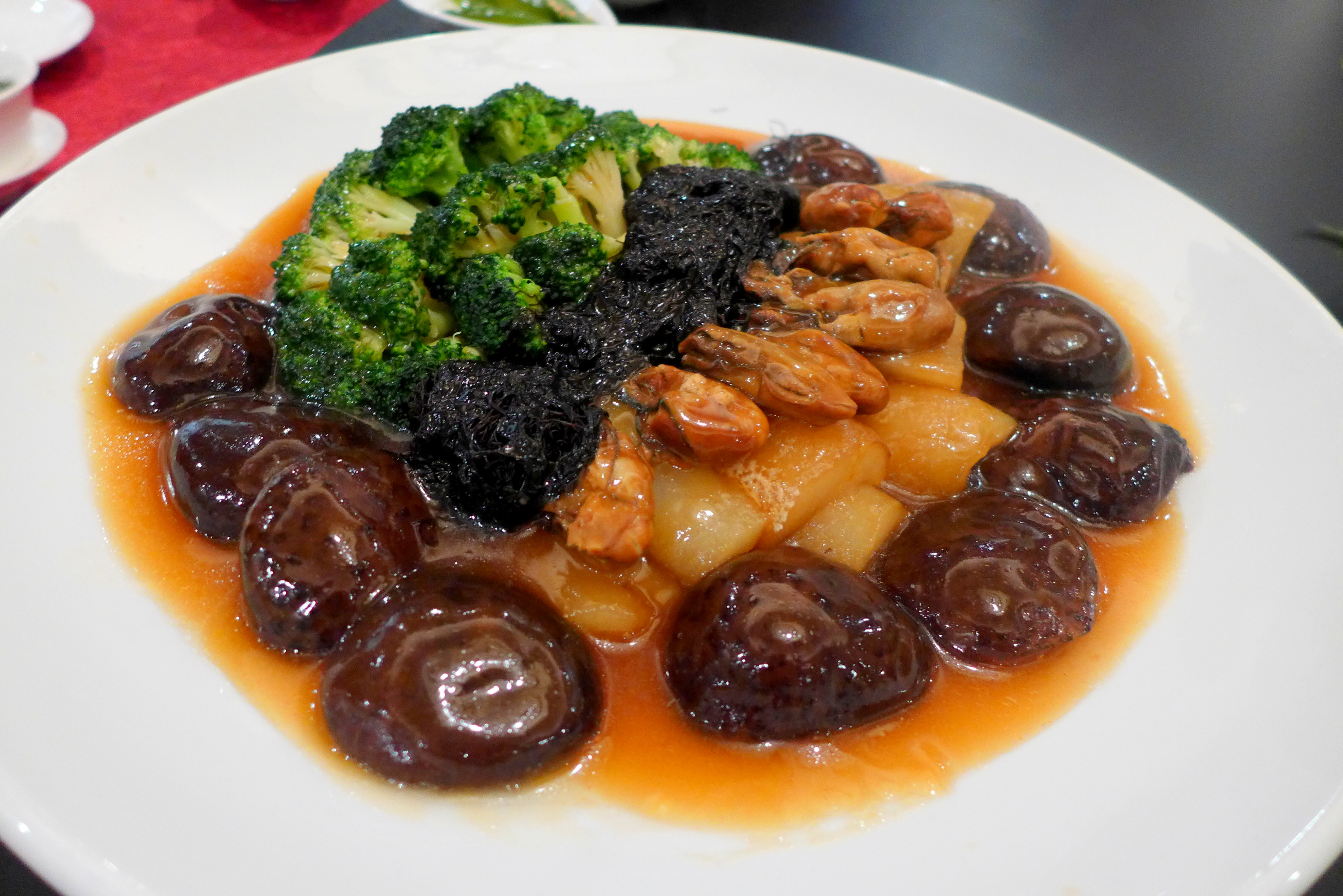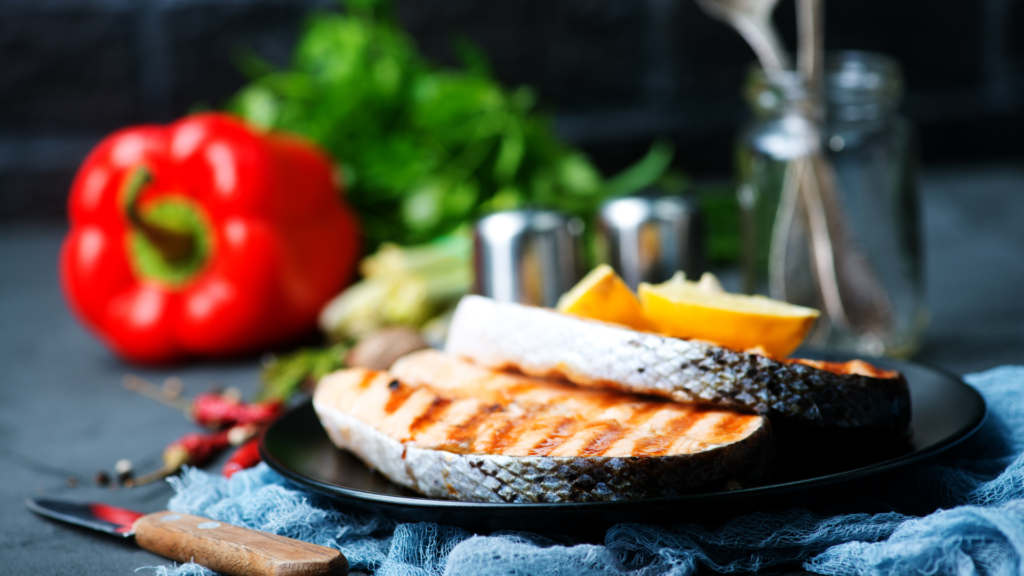SHARES

Who would have ever thought eating hair is considered prosperous? One dish commonly found in most Chinese New Year meals is Black Moss, an ingredient that looks like dried hair tightly compressed together when raw. Once cooked, it resembles silky, luscious hair.
Also known as fat choy in Cantonese, black moss sounds like “good fortune” – think gong hei fat choy – thus making it a favourite to have during Chinese New Year. Besides bringing in good fortune, does eating black moss actually have any health benefits?
What is black moss, exactly?
Black moss is a bacterium (Nostoc flagelliforme) that grows in specific parts of China. The Nostoc is typically bright green although it belongs to the blue-green bacteria family. However, it is important to avoid eating any algae that are blueish-green in colour as it can be deadly.
Nutritional value
Black moss is often found in traditional Chinese New Year delicacies like pen cai. Its absorbent qualities make it a popular garnish in soups and stews. It is low in fat and in cholesterol, and is often thought to be quite nutritious, with beliefs that it is cooling in nature, thus expelling heat and phlegm. It is also said to contain much protein and carbohydrates, as well as aid the production of blood cells due to its high iron content.
However, researchers from the Chinese University of Hong Kong has reported that black moss, in actuality, has no nutritional value. In fact, large consumptions of black moss can actually “affect the normal nerve function” as it contains a toxic amino acid, beta-Methylamino-L-alanine (BMMA). Eating too much black moss can even “lead to degenerative diseases such as Alzheimer’s, Parkinson’s, and dementia” (Green Deane).
Furthermore, black moss is indigestible. All in all, babies, young children, and pregnant women should consume it with caution and in limited quantities.
Other risks of consumption
Besides the potential dangers to our individual health, harvesting black moss has also seen increased erosion. In 2013, the Hong Kong government listed black moss as a conservation concern in its efforts to adopt and promote “sustainability-conscious food consumption” (Council for Sustainable Development 2017).
Verdict: Maybe not
With its potential health risks and environmental impact, black moss might be an ingredient best stayed away from on a regular basis. However, when consumed occasionally in small quantities, it can certainly make a nice “prosperous” treat, where fortune flows smoothly like running your fingers through silky locks.
Guilty of eating too much this Chinese New Year? Find a doctor with GetDoc today, especially if you’re experiencing any unwell in the heart and/or the stomach.
Deane, Green. “Nostoc: Nasal Nostalgia and Edible, Too.” Eat The Weeds, www.eattheweeds.com/tag/black-moss/.
“Report on the Public Engagement on Promotion of Sustainable Consumption of Biological Resources.” Council for Sustainable Development, June 2017, www.susdev.org.hk/en/pscbr_sdc_e.pdf.
by waiyee
Film junkie. Matcha drinker. Dog lady. Will write for food. View all articles by waiyee.






